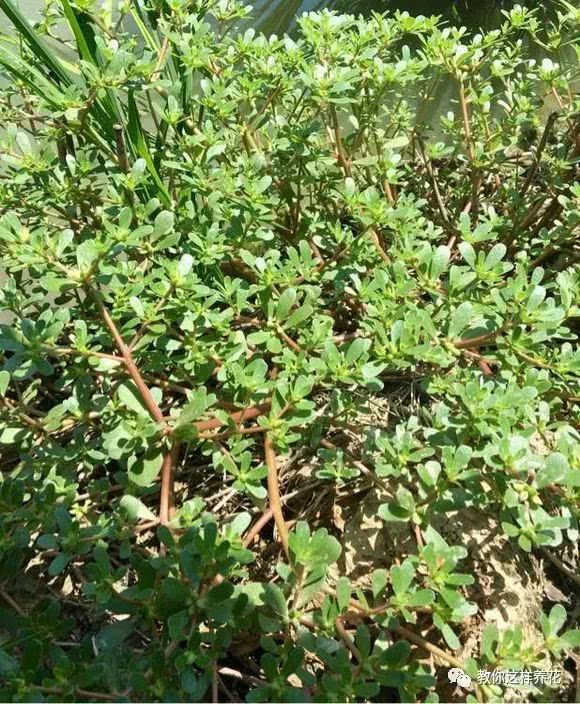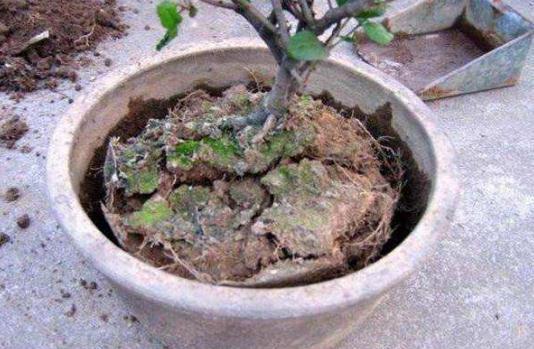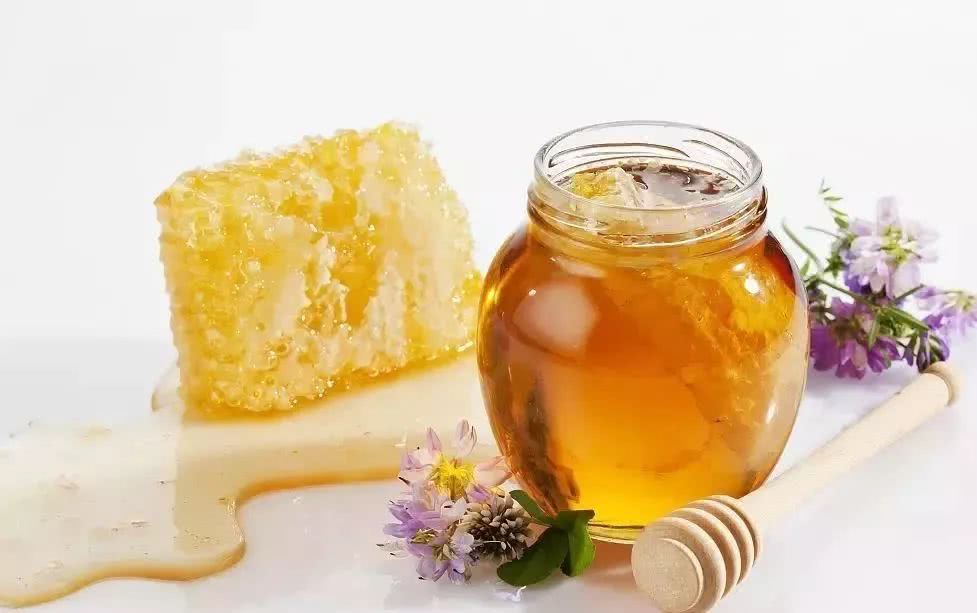These two kinds of longevity vegetables can be eaten quickly in summer by pinching roots and throwing them into the water.

In summer, the weather is dry and hot, summer dampness is more prosperous, you can often eat some longevity vegetables, clear heat and dampness, reduce fire and relieve summer heat. These dishes are rich in protein, fat, carbohydrates, vitamins, minerals and other nutrients, and a lot of dietary fiber, are good longevity vegetables. Most of these dishes are so easy to raise that some even lose a handful of them in the water and they can grow a large area. Let's have a look!
"
Longevity and fire-lowering vegetables. "
Purslane-
Purslane is a very common wild vegetable, and it is also a famous longevity dish. In the poor rural areas, purslane is still a life-saving dish for many people. Without food, wild vegetables such as purslane can tide over the difficulties. Now eat too much, purslane on the contrary, many people do not remember.
In fact, purslane has the effects of clearing heat and dampness, relieving dysentery and reducing inflammation, detoxification and treating sores, and has curative effect on gastric and duodenal ulcers, oral ulcers and diabetes. However, we should also eat a moderate amount, because it belongs to cold wild vegetables, and it is not good to eat too much cold in the stomach.
Purslane can be done in a variety of ways, including blanching it with water, stir-frying with mashed garlic, or cold salad, and making dumplings in some places.
Purslane can be sown or cut. Generally sowing in March-April, now many seed stores have purslane seeds for sale. A packet of seeds can grow dozens of jin of wild vegetables. After the seeds are bought back, take a little and mix them with fine sand, sprinkle them in the basin soil, and they can emerge in a few days.
Can also be cut, in the wild to find some wild purslane, leaving 3-5 nodes, slightly dry the wound, into the soil, a week can take root and survive, is also very convenient.
Purslane maintenance is very simple, adaptability is very strong, the general basin soil can adapt. You can apply sufficient base fertilizer in the basin before putting it on the basin. Portulaca oleracea is relatively resistant to drought, watering can not dry without watering, watering is thoroughly.
When it grows to about 15cm, it can be harvested for the first time, cut off the branches, keep the roots, and then chase the fertilizer and wait for the next harvest. If you grow buds, you should cut them off in time, otherwise it will be easy to elder.
If there is a terrace or roof, get a planting box to eat until the end of the year, Portulaca oleracea has a strong growth ability and does not choose the growth environment.
(grow vegetables on the balcony, a pot of green tea in autumn)
In addition to soil culture, there are also some flower friends who use water culture. Portulaca oleracea collected in the wild is cut into small pieces and placed in hydroponic utensils. It can take root in 2-3 days. It is too strong. Add a little nutrient solution regularly, and it will soon grow into a large area.
(I like the Confucian style of vegetable garden)
-Herba Houttuyniae-
Houttuynia cordata, also known as folded ear root. This grass is very controversial, some people say it is the worst grass in the world, but Yungui area has to eat a little bit, it is a local delicacy. Houttuynia cordata Thunb taste, cold and cool, can clear heat and detoxification, detumescence, treatment of sores, diuresis and dehumidification, with antibacterial, anti-virus, improve body immunity, diuresis and other functions, suitable for summer consumption.
The leaves and roots of Houttuynia cordata can be eaten in a variety of ways. The most common food is tender root, cold salad as seasoning, or fried meat can be added, and old root can cook soup. Young leaves can also be eaten with cold salad or scrambled eggs, but the old leaves do not taste good and are generally not edible.
Houttuynia cordata is the simplest cutting propagation, can be in the spring and summer, cut off robust branches, each section of 10cm, inserted into the loose basin soil, about a week can take root.
Houttuynia cordata Thunb likes the warm and humid environment and has strong adaptability to the environment. It is better to choose loose, permeable and fertile basin soil, which is rich in humus. Houttuynia cordata Thunb likes to be wet and waterlogged, usually watering can be seen dry and wet, avoid drought. Keep it in a semi-shady place, give priority to nitrogen fertilizer, and apply phosphorus and potassium fertilizer appropriately.
After the planting of Houttuynia cordata Thunb, the tender stems and leaves can be picked when the seedling height is 8-10 cm, and then be harvested every 10-20 days. The underground stem reserved for seed can be picked as needed and can withstand the low temperature of-10 ℃. If there is a long period of low temperature in winter, we should also pay attention to heat preservation.
Everyone can plant some of these two kinds of longevity vegetables.
Show it to the flower friends who need it.
- Prev

The slabs in the flowerpot are knotted. Don't water them and then the roots will rot. I'll water them wrong.
When growing flowers, it is easy to encounter some thorny problems, such as yellow leaves, rotten roots or not blooming. In fact, flower pot conservation really has to be "attentively". In addition to the heart, but also to learn some basic knowledge of maintenance. With.
- Next

Boiled water plus food excreting systemic toxins in dog days doctors often drink advice.
There are free benefits at the end of the article, don't miss it, don't drink honey, because if you do, you will find that you begin to dislike other drinks. Honey is the only drink without additives, because when you drink it, men, women and children will become addicted to antibiotics, cough and care.
Related
- Wuhan Hospital Iron Tree Blooming Result Was Instantly Frightened by the Gardener Master
- Which variety of camellia is the most fragrant and best? Which one do you like best?
- What is the small blue coat, the breeding methods and matters needing attention of the succulent plant
- Dormancy time and maintenance management of succulent plants during dormancy
- Minas succulent how to raise, Minas succulent plant pictures
- What are the varieties of winter succulent plants
- How to raise succulent plants in twelve rolls? let's take a look at some experience of breeding twelve rolls.
- Attention should be paid to water control for succulent plants during dormant period (winter and summer)
- Watering experience of twelve rolls of succulent plants
- Techniques for fertilizing succulent plants. An article will let you know how to fertilize succulent plants.

